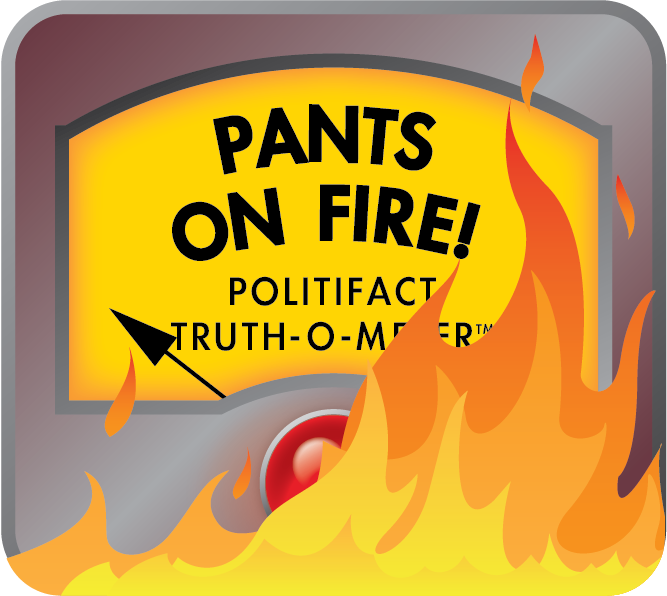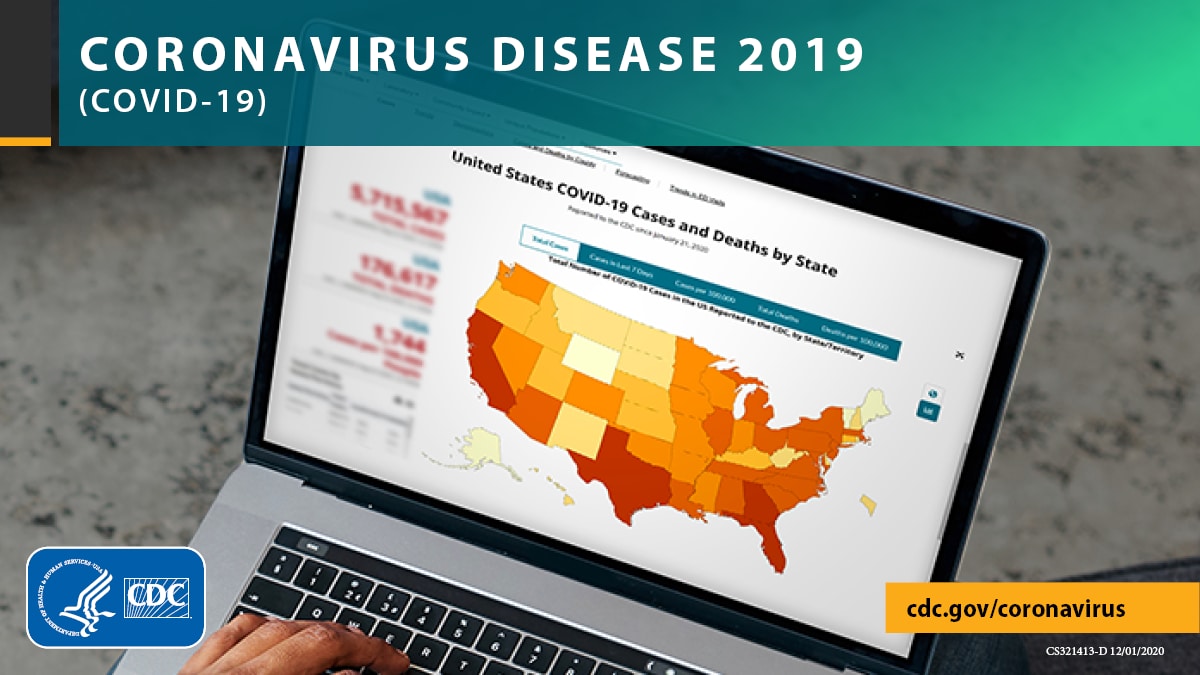U.S. college enrollment dropped again in the fall of 2021, despite the arrival of vaccines.
Bergen County Community College in Paramus, N.J. New data showed that enrollment in community colleges, which were disproportionately hurt, was down 13.2 precent over 2019.Credit...Bryan Anselm for The New York Times
By Stephanie Saul
The enrollment crisis at U.S. institutions of higher learning continued a second year into the pandemic, even as coronavirus vaccines became widely available for students last fall, according to the latest numbers from the National Student Clearinghouse Research Center.
Total undergraduate enrollment dropped 3.1 percent from the fall of 2020 to the fall of 2021, bringing the total decline since the fall of 2019 to 6.6 percent — or 1,205,600 students.
“Our final look at fall 2021 enrollment shows undergraduates continuing to sit out in droves as colleges navigate yet another year of Covid-19,” said Doug Shapiro, the executive director of the research center, which collects and analyzes data from 3,600 postsecondary institutions.
Even before the pandemic, college enrollment was declining nationally as the number of college-age students leveled off. At the same time, high tuition costs discouraged prospective domestic students, and the highly polarizing immigration debate drove away international students.
That decline then accelerated steeply when Covid-19 forced many classes online and restricted campus life. The economic disruption caused by the pandemic also forced many prospective college students into the workplace.
The new figures show that undergraduate enrollment declined at every type of college, but public two-year colleges remain the hardest-hit, with U.S. community colleges disproportionately hurt.
Tens of thousands of students, many of them low-income, were forced to delay school or drop out because of the pandemic and the economic crisis it has created. The new data showed that enrollment in community colleges was down 13.2 percent, or 706,000 students, compared with 2019.
The number of students seeking associate degrees at four-year institutions also fell, as did the number of students aged 24 and over.
“Without a dramatic re-engagement in their education, the potential loss to these students’ earnings and futures is significant, which will greatly impact the nation as a whole in years to come,” Mr. Shapiro said in a news release.
There was one bright spot in the data: The enrollment of first-year students stabilized, up about 0.4 percent, or 8,100 students, from 2020 to 2021.
Even so, first-year enrollment is 9.2 percent lower than prepandemic levels in fall 2019.
Bergen County Community College in Paramus, N.J. New data showed that enrollment in community colleges, which were disproportionately hurt, was down 13.2 precent over 2019.Credit...Bryan Anselm for The New York Times
By Stephanie Saul
- Jan. 13, 2022, 6:31 a.m. ET
The enrollment crisis at U.S. institutions of higher learning continued a second year into the pandemic, even as coronavirus vaccines became widely available for students last fall, according to the latest numbers from the National Student Clearinghouse Research Center.
Total undergraduate enrollment dropped 3.1 percent from the fall of 2020 to the fall of 2021, bringing the total decline since the fall of 2019 to 6.6 percent — or 1,205,600 students.
“Our final look at fall 2021 enrollment shows undergraduates continuing to sit out in droves as colleges navigate yet another year of Covid-19,” said Doug Shapiro, the executive director of the research center, which collects and analyzes data from 3,600 postsecondary institutions.
Even before the pandemic, college enrollment was declining nationally as the number of college-age students leveled off. At the same time, high tuition costs discouraged prospective domestic students, and the highly polarizing immigration debate drove away international students.
That decline then accelerated steeply when Covid-19 forced many classes online and restricted campus life. The economic disruption caused by the pandemic also forced many prospective college students into the workplace.
The new figures show that undergraduate enrollment declined at every type of college, but public two-year colleges remain the hardest-hit, with U.S. community colleges disproportionately hurt.
Tens of thousands of students, many of them low-income, were forced to delay school or drop out because of the pandemic and the economic crisis it has created. The new data showed that enrollment in community colleges was down 13.2 percent, or 706,000 students, compared with 2019.
The number of students seeking associate degrees at four-year institutions also fell, as did the number of students aged 24 and over.
“Without a dramatic re-engagement in their education, the potential loss to these students’ earnings and futures is significant, which will greatly impact the nation as a whole in years to come,” Mr. Shapiro said in a news release.
There was one bright spot in the data: The enrollment of first-year students stabilized, up about 0.4 percent, or 8,100 students, from 2020 to 2021.
Even so, first-year enrollment is 9.2 percent lower than prepandemic levels in fall 2019.









